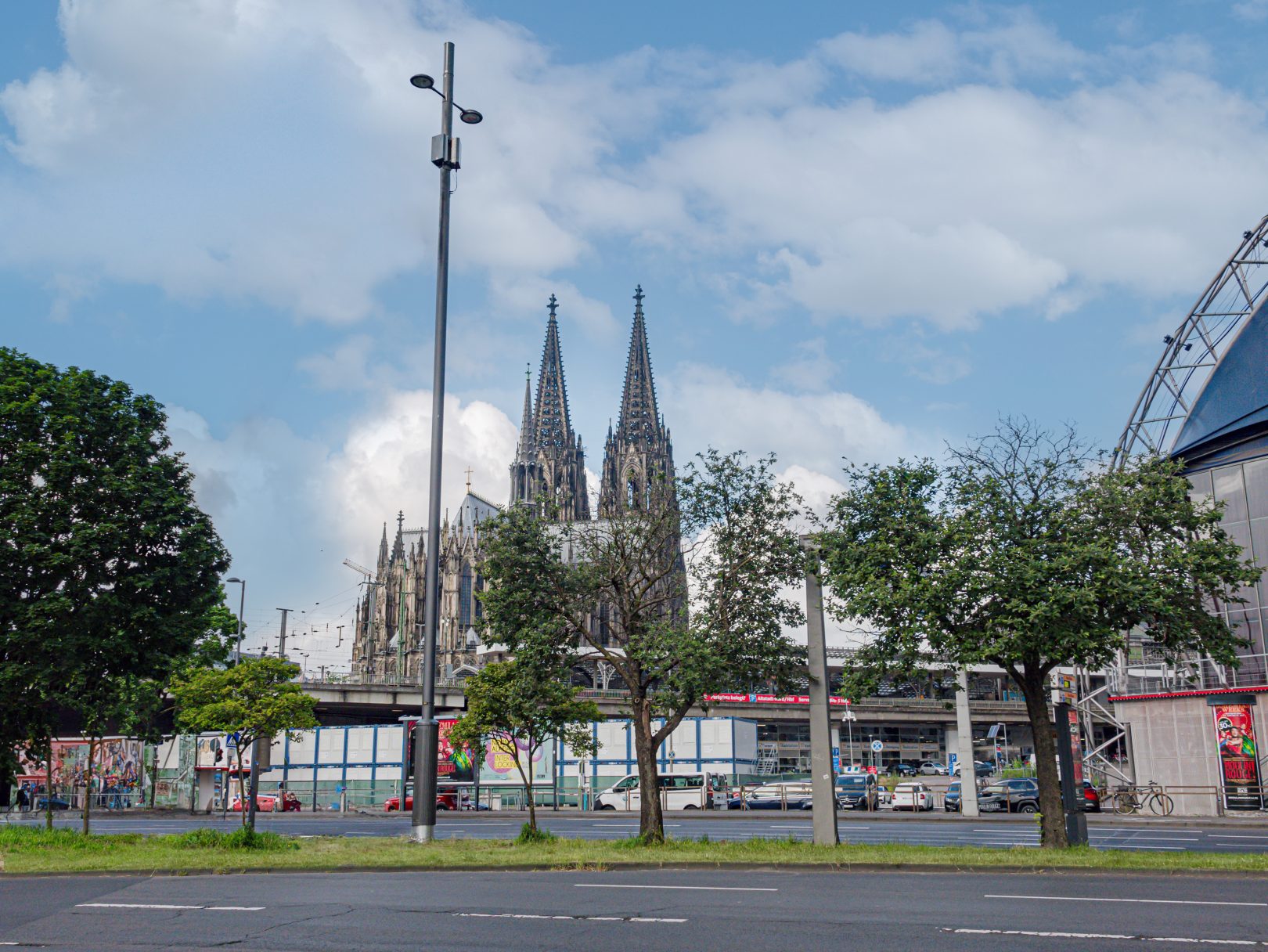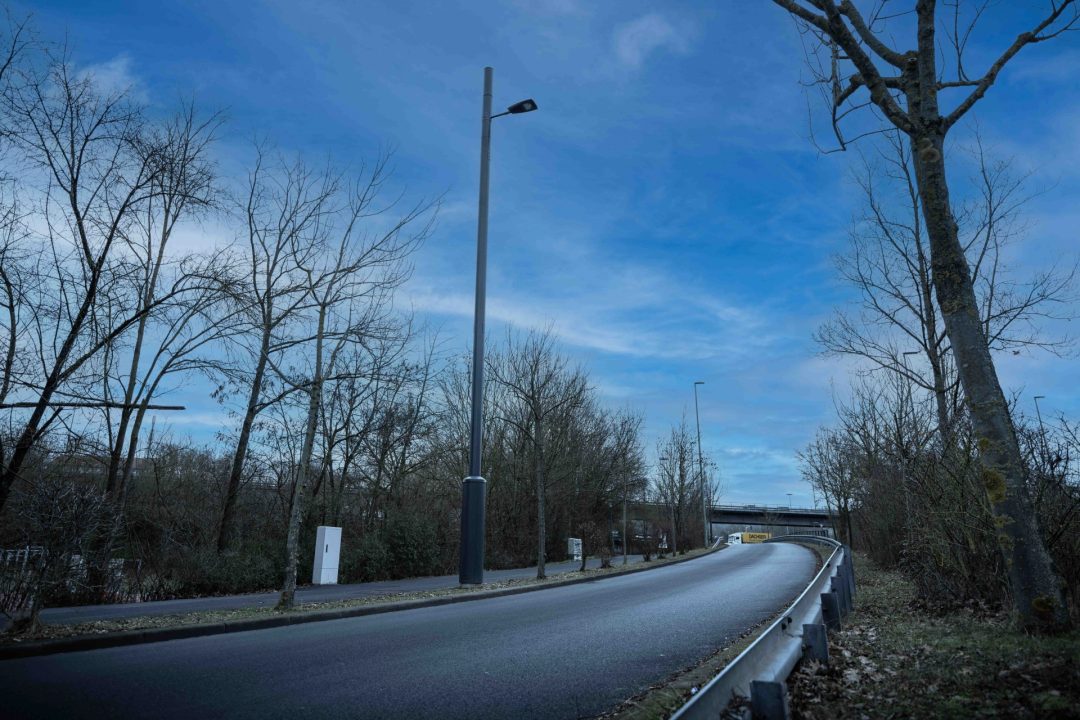As we stand on the cusp of a 5G revolution, cities worldwide are navigating a new era of connectivity, seeking to harness the promise of faster speeds, enhanced capacity, and the multitude of innovation opportunities the technology offers.
Whether amid the hustle and bustle of a busy city center or nestled in the tranquility of a rural village, the demand for swift and dependable mobile connection has become a universal expectation. From making calls to accessing essential services – yes, even Amazon – this paradigm shift in the way we live, and work is most notably evidenced by the rapid decline of landline usage.
A pivotal milestone looms on the horizon: in December 2025, the copper based PSTN (Public Service Telephone Network and the ISDN (Integrated Service Digital Network) will be turned off, thrusting digital (Internet Protocol (IP) services into the spotlight. The use of mobile phones with their voice and data capabilities has clearly been identified as the cause of this decline. A staggering 93% of adults aged 16 years and above either own or have access to a mobile phone, underscoring this definitive shift towards mobile reliance.
To boost connectivity and capacity, Mobile Network Operators (MNO’s) are actively seeking cost-effective, scalable and modular frameworks for deploying telecom equipment within cities. In this pursuit, smart poles are emerging as a leading contender, offering multifunctional hubs capable of hosting a spectrum of technologies, from antennas to traffic counting sensors, cameras and public Wi-Fi hotspots. By leveraging these poles, the MNO’s and the cities can fortify their connectivity infrastructure, paving the way for widespread 5G adoption.
The Role of Smart Poles in 5G Adoption
At first glance, a smart pole may seem like just another piece of urban infrastructure. However, beneath their sleek exterior, smart poles are poised to revolutionise connectivity.
Success Stories from Smart Infrastructure Pilots
Across the UK, local councils and authorities are spearheading innovative projects to deploy smart poles and accelerate 5G adoption. Initiatives such as the Connecting Cambridgeshire programme lead the charge in designing and deploying smart poles to bolster digital connectivity in the region. Similar initiatives are underway in North Ayrshire, Oxfordshire, Kingston upon Thames, Tees Valley, and Westminster, each showcasing the transformative potential of smart poles in creating smarter, more connected communities.
And across the world, we’ve been delighted to be involved in the successful deployment of our groundbreaking smart pole solution, Connected Urban. Through a strategic partnership with our German collaborator, 5G Synergiewerk, we pioneered the installation of the first 5G streetlight in Würzburg, Bavaria. In collaboration with O2 Telefónica and the Würzburg public utilities, this landmark project showcases our ability to merge advanced telecommunications capabilities with essential urban infrastructure. By seamlessly integrating cutting-edge technology into existing grid connections, we have redefined the standard for street-level mobile network densification. Our solution not only enhances connectivity but also elevates the urban landscape, providing citizens with both nighttime lighting and state-of-the-art telecommunications services.
Empowering Smart Cities
Beyond their role in facilitating 5G adoption, smart poles offer a myriad of benefits for smart cities. These include enhanced public safety through real-time monitoring, improved traffic management through smart sensors, and increased sustainability through energy-efficient lighting solutions. By embracing smart infrastructure, cities can unlock new opportunities for innovation, economic growth, and citizen engagement, paving the way for a more connected and resilient future.
The journey towards 5G adoption is intricately linked with spectrum allocation and infrastructure deployment. In the UK, auctions for 5G spectrum have played a pivotal role in shaping the landscape of connectivity. The recent auctions, including those in 2018 and 2021, have seen significant investments from operators. However, the challenge now lies in monetising this spectrum and ensuring a return on investment.
Infrastructure deployment, particularly the deployment of cell sites, is a critical component of 5G implementation. While traditional approaches relied on adding antennas to existing structures, such as street lighting columns or rooftops, the advent of smart poles offers a more streamlined solution. These poles not only accommodate telecom equipment but also serve as platforms for additional smart city initiatives.
The examples from German cities, such as Wurzburg, highlight the potential of collaborative approaches between cities and telecom operators. By allowing upgrades to existing infrastructure, cities can leverage their assets to generate rental revenue while minimising the visual impact of additional infrastructure.
As we stand on the brink of a 5G revolution, the importance of smart poles in driving connectivity cannot be overstated. From facilitating seamless communication to enabling data-driven decision-making, these unassuming structures are shaping the future of urban living. By embracing smart infrastructure solutions, cities can harness the full potential of 5G technology and embark on a journey towards a smarter, more connected future for all.

